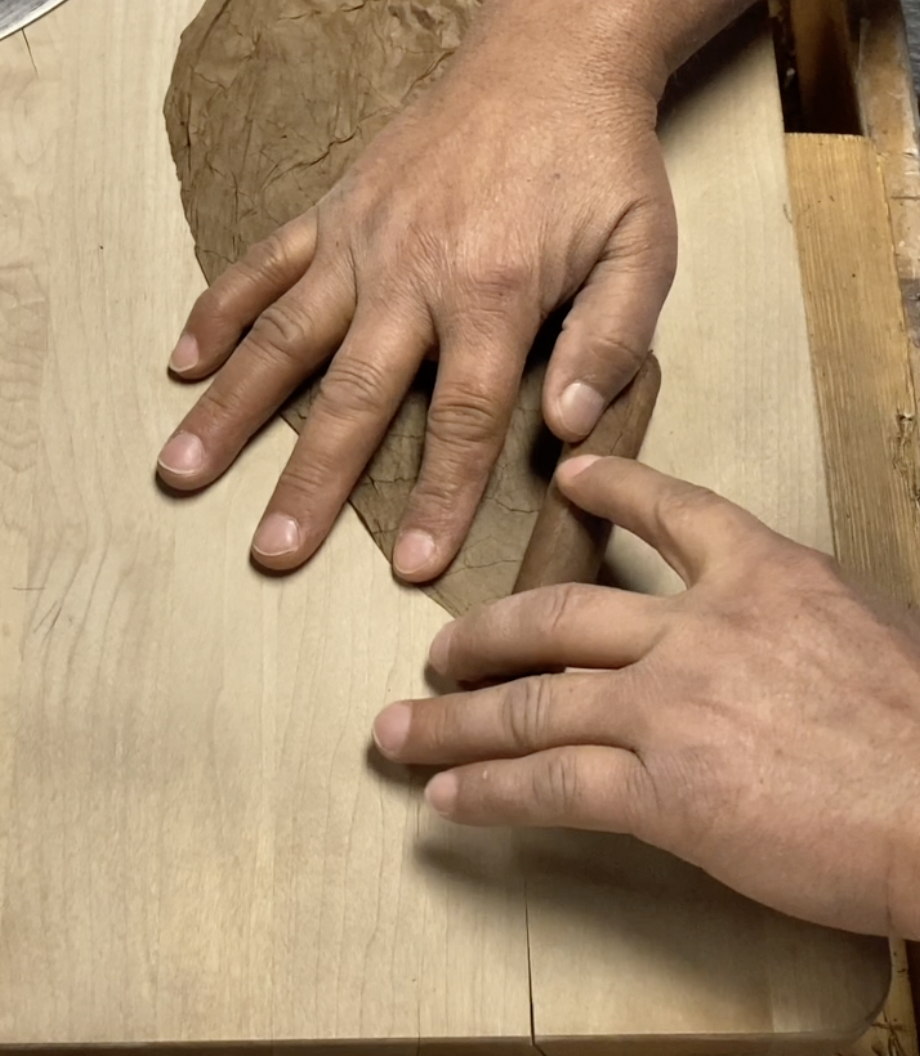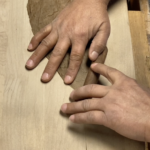Sample a Texas Select (seen here) for FREE today:
(must be 21+, resident of U.S.)
Introduction
Cigars have been a symbol of luxury and relaxation for centuries, and the process of rolling a cigar is a valued skill that requires patience and precision. In this guide, we’ll take you through the steps of rolling a cigar, from preparing the tobacco leaves to finishing touches. Whether you’re a cigar enthusiast or simply curious about the process, we hope this guide will give you insight into the art of cigar making.
The Cigar Rolling Process
To roll a cigar, you’ll need three types of tobacco leaves: filler, binder, and wrapper. Filler is the core of the cigar, and its quality will determine the cigar’s flavor and aroma. Binder is used to hold the filler together, while the wrapper is the outer layer that gives the cigar its appearance and taste.
Step 1: Preparing the Tobacco Leaves
Before rolling, the tobacco leaves must be moistened to make them pliable. The leaves are then sorted by size and quality, and the stem is removed from the filler leaves. The filler is then bunched together to create the core of the cigar.
Step 2: Rolling the Filler
The filler is rolled by hand into a cylinder shape, with the leaves overlapping slightly. The cylinder should be straight and consistent in thickness, with no air pockets or underfilled spots.
Step 3: Rolling the Binder and Wrapper
The binder is then wrapped around the filler to hold it together, and the wrapper is applied over the binder. The wrapper must be smooth and tight, with no bumps or wrinkles.
Step 4: Shaping and Trimming the Cigar
The cigar is then shaped by hand, with gentle pressure applied to create a firm, yet pliable cigar. The ends are then trimmed to the desired length and shape.
Step 5: Finishing Touches
The finished cigar is inspected for quality and appearance. Any imperfections are corrected, and the cigar is then stored in a humidor to age and mature.
Tools and Materials
To roll a cigar, you’ll need a variety of tools and materials, including tobacco leaves, humidors, cutting and shaping tools, and wrappers and binders. The quality of these materials will directly impact the quality of your cigar.
Techniques and Tips
Rolling a cigar is a skill that takes practice and patience. Some tips to keep in mind include rolling a consistent filler, avoiding air pockets and underfilled spots, and applying the binder and wrapper smoothly. Proper storage and aging will also affect the quality of your cigar.
Cigar Varieties and Flavors
Cigars come in a variety of shapes, sizes, and flavors, each with its own unique characteristics. From mild to bold, fruity to earthy, there is a cigar for every taste preference. Pairing cigars with drinks and foods can also enhance the smoking experience.
Conclusion
Rolling a cigar is a true art form, requiring skill, patience, and attention to detail. Handmade cigars offer a level of quality and flavor that cannot be matched by machine-made cigars, making the process of cigar making an important part of cigar culture. Whether you’re a cigar aficionado or simply curious about the process, we encourage you to try your hand at rolling your own cigar and experience the satisfaction of creating your own perfect smoke.


